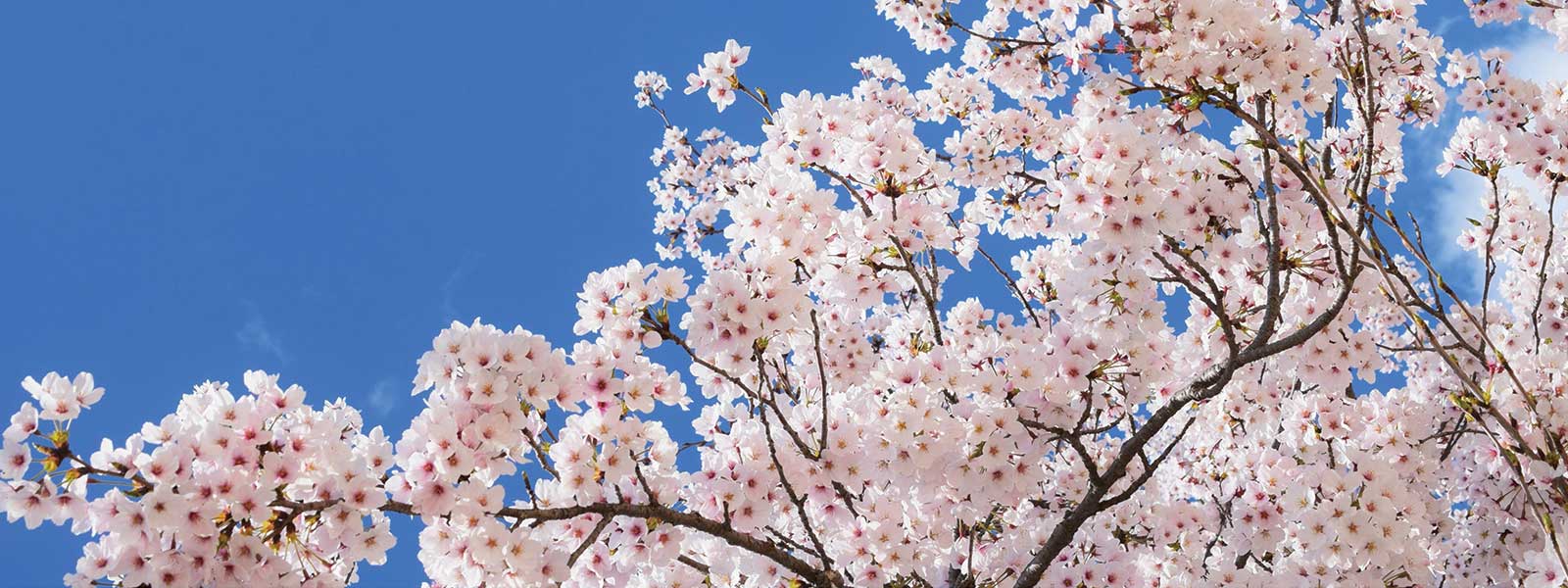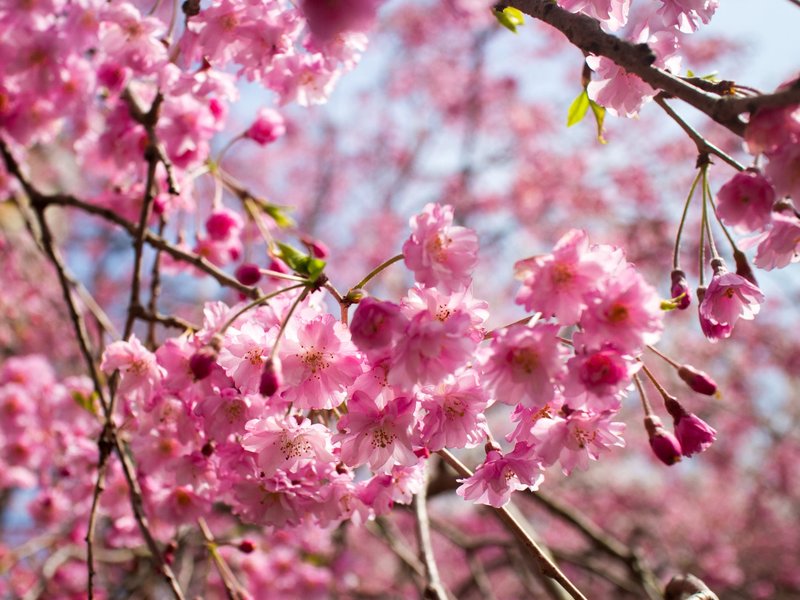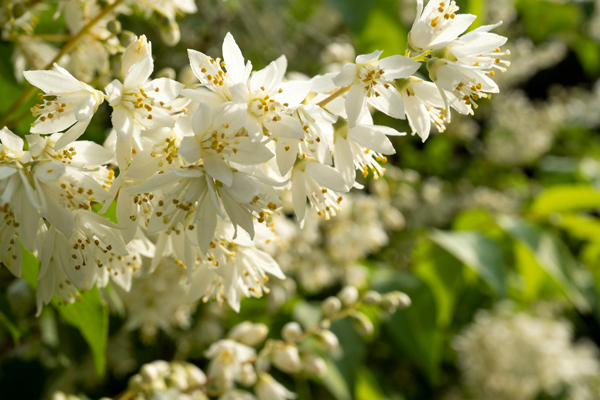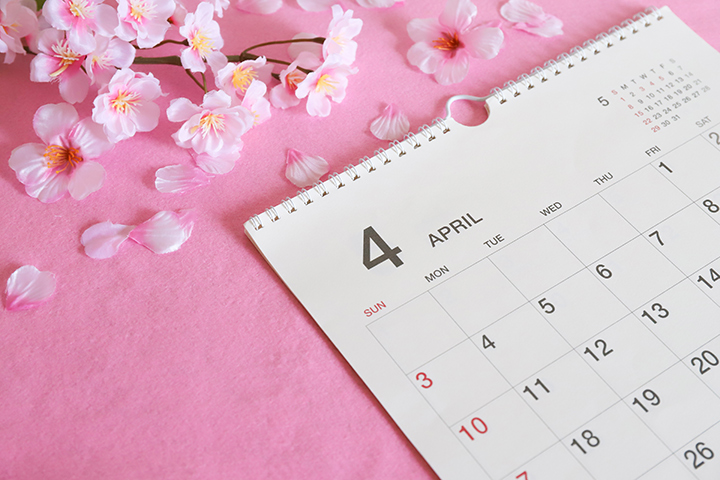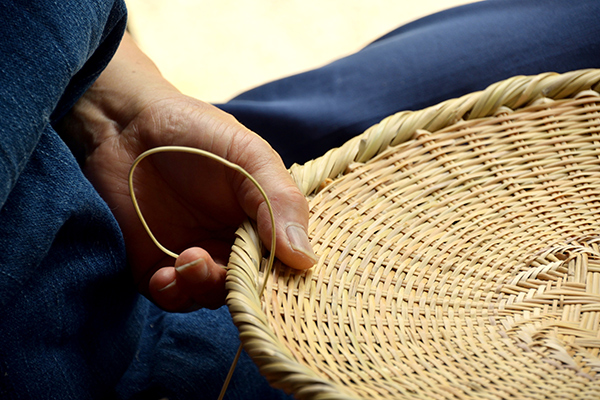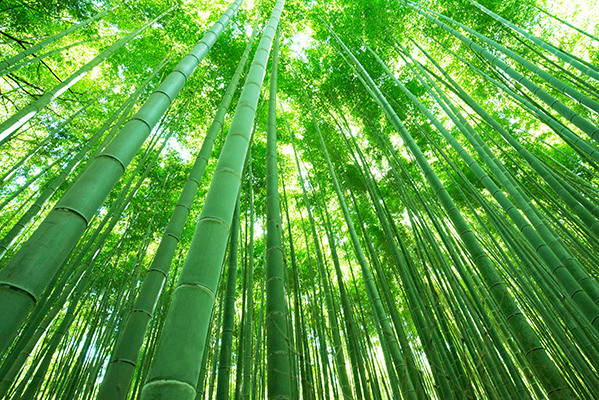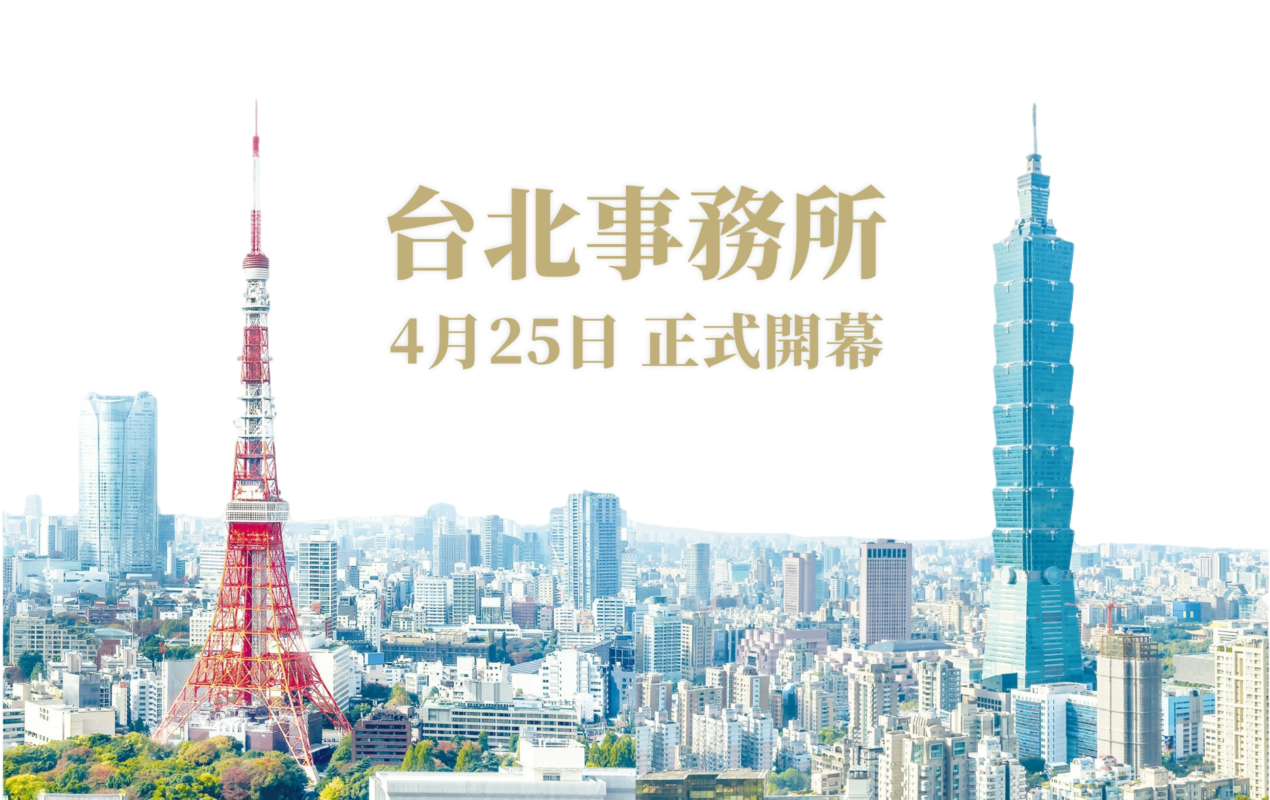1. Words Woven with Cherry Blossoms (SAKURA) in Japan
The news of the "cherry blossom front" heralding the arrival of spring fills our hearts with excitement, and we enjoy the moments of "hanami" (flower viewing) beneath the fully bloomed cherry trees. As the gentle spring breeze carries the "cherry blossom snow," we feel a sense of nostalgia for the falling petals.
Cherry blossoms symbolize spring in Japan, reflecting "transience," "beauty," and "change." Because of this, many words related to cherry blossoms have emerged in Japanese. These expressions do not merely signify the changing of seasons; they articulate the feelings that Japanese people associate with cherry blossoms.
In this article, we will explore the words related to cherry blossoms and delve into the relationship between Japanese aesthetics and cherry blossoms.
2. History of Cherry Blossoms and Words
Heian Period:
The deep-rooted connection between cherry blossoms and the Japanese heart began during the Heian period. Before this time, the term "flower" referred to plums. However, interest in cherry blossoms grew among the Heian aristocrats, leading to the association of "flower = cherry blossoms" in poetry.
For example, in the "Kokin Wakashu," there is a famous poem:
"On a spring day, with the light serene, Why does my heart stir, watching the flowers fall?" (by Ki no Tsurayuki)
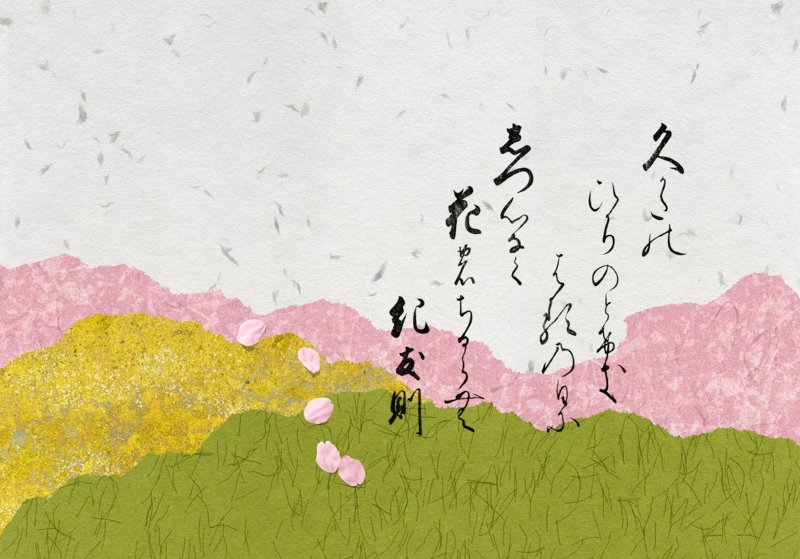
Under the warm spring sunlight, while I wish to be at peace, my heart becomes restless as I watch the cherry blossoms flutter down. The feelings of being moved by the transience of cherry blossoms resonate through the lines.
From this era onward, cherry blossoms became deeply etched in the hearts of the Japanese as flowers embodying both "beauty" and "transience."
Edo Period:
During the Edo period, the culture of enjoying cherry blossoms spread among the common people. Shogun Tokugawa Yoshimune planted cherry trees throughout Edo, leading to hanami celebrations at famous spots like the Sumida River and Asukayama.
It was during this time that the term "sakura fubuki" (cherry blossom snow) was born. The petals dancing in the wind fall like snow—people of Edo captured the beauty of spring in words.
"Flower clouds, is the bell from Ueno or Asakusa?" (by Matsuo Bashō)
The fully bloomed cherry blossoms spread like clouds, with the sound of bells ringing in the distance. This verse shows that cherry blossoms had deeply rooted themselves as part of the Japanese landscape.
After the Meiji Period:
As the Meiji era began, the term "sakura zensen" (cherry blossom front) was coined. It visually represents the progression of cherry blossoms blooming from south to north across the Japanese archipelago.
By the Showa era, "sakura zensen" was officially used as part of weather information and has now become an established symbol of spring.
3. Words Related to Cherry Blossoms
Words related to cherry blossoms range from reflecting natural scenery to expressing poetic beauty.
(1) Words Reflecting Natural Scenery
• Sakura Zensen (桜前線): Describes the progression of cherry blossoms blooming from south to north.
• Sakura Fubuki (桜吹雪): A fantastical scene where petals scatter in the wind.
• Sakura Ame (桜雨): A gentle rain that falls during the cherry blossom season.

(2) Poetic and Beautiful Expressions
• Sakura Gasumi (桜霞): A landscape where cherry blossoms appear to be like mist when viewed from a distance.
• Sakura Arashi (桜嵐): A scene where cherry blossoms dance all at once in a strong wind.
• Sakura Kiri (桜霧): The fog that envelops the area during the cherry blossom season, creating a fantastical atmosphere.
These words not only describe "blooming cherry blossoms," but also encapsulate the passing of time and changing scenery.

4. Japanese Sensibility Reflected in Words About Cherry Blossoms
The Japanese find "transience" and "beauty" in the sight of falling cherry blossoms, entrusting the fleeting brilliance of those moments to words.
This sensibility is also connected to the samurai code. The cherry blossom, known for its noble falling, has been associated with the "way of the warrior," giving it special significance among samurai.
Moreover, cherry blossoms are deeply tied to life’s milestones. Blossoming in spring, when graduations and new beginnings occur, they symbolize both "parting" and "meeting." The multitude of words related to cherry blossoms may stem from the profound feelings that the Japanese have towards them.
5. Summary
Tracing the words associated with cherry blossoms reveals the aesthetic values of the Japanese people. This may reflect a "mindset that treasures the present moment" and an "empathy for the transience within beauty."
This spring, as you gaze at the cherry blossoms, take a moment to consider the world of words that lies behind them. Which cherry blossom expression resonates with your heart?


